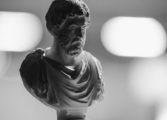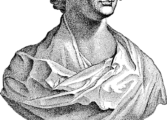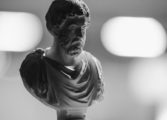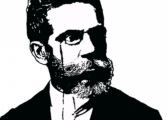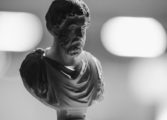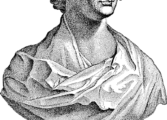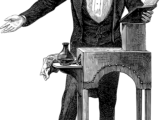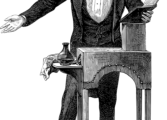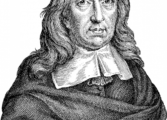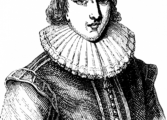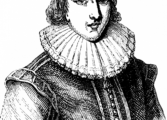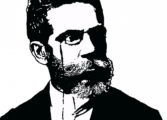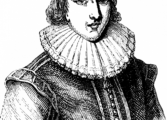The Raven by Edgar Allan Poe: An In-Depth Exploration of a Gothic Masterpiece

Introduction:
“The Raven” is perhaps one of the most iconic and widely recognized poems in American literature. Written by Edgar Allan Poe, a master of the macabre, it delves into themes of darkness, death, and the human psyche. This article aims to provide a comprehensive understanding of “The Raven” for individuals who are generally interested in exploring this captivating piece of literature.
I. Understanding “The Raven”:

“The Raven” was first published in 1845 and tells the haunting tale of a narrator who is visited by a mysterious raven late one night. The poem is renowned for its musicality, with its use of internal rhyme and repetition creating a hypnotic rhythm. It explores the themes of grief, loss, and the never-ending torment of the human soul. The narrator, tormented by the loss of his beloved Lenore, is driven to madness through his interaction with the raven, whose repeated single word, “Nevermore,” becomes a haunting refrain throughout the poem. It is through this interaction that Poe delves into the darker aspects of the human mind, emphasizing the irresistible despair that can consume an individual.
II. Historical Evolution of “The Raven”:
“The Raven” enjoyed immediate success upon its publication and established Edgar Allan Poe as a literary sensation. Its popularity can be attributed to its seamless blending of Gothic elements, psychological depth, and sheer poetic brilliance. The poem’s impact was also enhanced by the timing of its release, coinciding with a period of growing fascination with the occult and the supernatural.
Over time, “The Raven” has continued to captivate readers, becoming a staple in classrooms and literary discussions worldwide. Its influence can be seen in various art forms, from visual arts to music and film. Many notable artists and musicians, including Gustave Doré and Jean-Baptiste Clésinger, have drawn inspiration from the eerie imagery and haunting themes found within the poem. Musicians such as Lou Reed and Metallica have even incorporated lines from the poem into their songs.
III. Analyzing the Structure and Language:
“The Raven” is meticulously crafted, employing a specific rhyming scheme and rhythmic pattern known as trochaic octameter. This structure contributes to the musicality and memorability of the poem, making it easier for readers to engage with and recite. The use of alliteration, internal rhyme, and onomatopoeia further enhances the poem’s auditory experience.
Poe’s choice of language is key to creating a chilling atmosphere. Dark and evocative words, such as “trepidation,” “ominous,” and “ghostly,” intensify the sense of foreboding throughout the poem. Additionally, the repetitive phrase “Nevermore” adds to the poem’s haunting ambiance, serving as a constant reminder of the protagonist’s sorrow and despair.
IV. Impact and Interpretation:
“The Raven” has been widely analyzed and interpreted by scholars and literary enthusiasts alike. Its exploration of the human psyche, the inevitability of death, and the perpetual desire for meaning has led to countless interpretations. Some view the raven as a symbol of the narrator’s anguish and impending doom, while others argue that it represents his descent into madness.
The poem’s enduring appeal lies in its ability to resonate with readers on a personal level. Many individuals can relate to the overwhelming grief portrayed by the narrator and the constant yearning for a resolution or solace. Furthermore, its timeless themes and captivating storytelling continue to attract new generations of readers.
V.
For a visual interpretation of “The Raven,” [INDSÆT LINK TIL VIDEO HER], created by acclaimed filmmaker [NAVN], offers a stunning rendition that brings Poe’s words to life. Through a combination of atmospheric visuals and haunting narration, this video captures the essence of the poem and offers a new perspective on its enduring significance.
Conclusion:
“The Raven” remains a cornerstone of Edgar Allan Poe’s literary legacy, embodying the dark and mysterious elements that defined his writing. Its enduring popularity and cultural impact can be attributed to its masterful craftsmanship, psychological depth, and universal themes of grief, loss, and the human condition. As readers continue to immerse themselves in the haunting world of “The Raven,” they will undoubtedly encounter the timeless power of Poe’s words.






